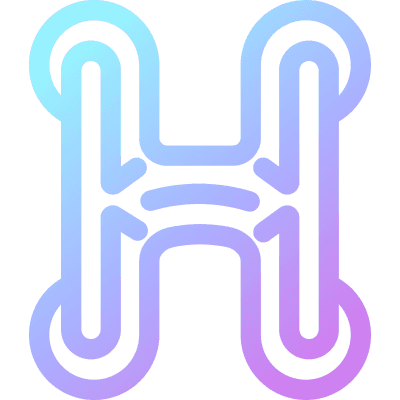Holover
Turn prompts into wearables. Write your idea, spin it in 3D, tweak it, and we’ll print it edge to edge, front, back, and sleeves. Full-print tees, made to order. You prompt it, we ship it. Why it’s different • Full-print coverage (not just a small chest logo) • Instant 3D preview you can spin and zoom • AI editing to refine every detail • 3D-aware generation that understands global aesthetics • We print every pixel and ship it to you From idea to garment in minutes. You can now wear your imagination!

Reviews
| Item | Votes | Upvote |
|---|---|---|
| No pros yet, would you like to add one? | ||
| Item | Votes | Upvote |
|---|---|---|
| No cons yet, would you like to add one? | ||
Holover is a unique platform that allows users to turn their creative prompts into wearable garments. You can write your idea, visualize it in 3D, make adjustments, and have it printed on a full-print tee, covering the entire garment, including the front, back, and sleeves. The process is designed to be quick, enabling you to go from concept to finished product in just minutes.
Holover stands out due to its full-print coverage, which allows for designs that extend beyond just a small logo on the chest. It offers an instant 3D preview feature that lets users spin and zoom in on their designs. Additionally, Holover utilizes AI editing tools to refine every detail of the garment, and its 3D-aware generation understands global aesthetics, ensuring that the final product is visually appealing.
To create a wearable with Holover, you start by writing your idea or prompt. Then, you can visualize it in 3D, making any necessary tweaks to the design. Once you are satisfied with the look, Holover will print the garment edge to edge and ship it directly to you. This streamlined process allows for quick turnaround times, making it easy to wear your imagination.
Currently, there are no user-generated pros and cons available for Holover. However, potential pros include the ability to create fully customized designs with 3D previews and AI editing. On the other hand, potential cons may include limitations in design complexity or the need for users to have a clear idea of what they want to create.